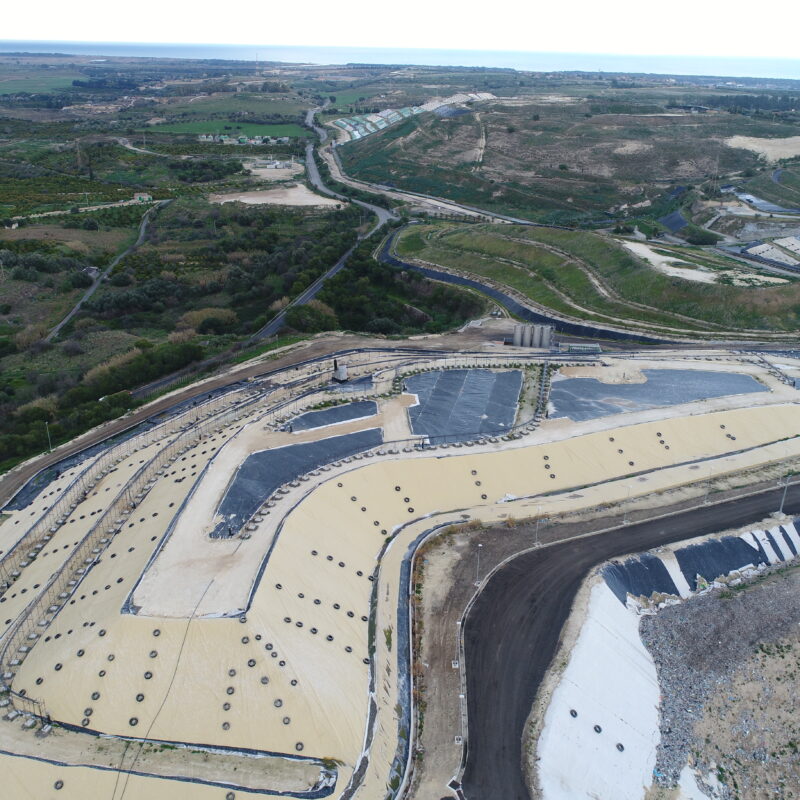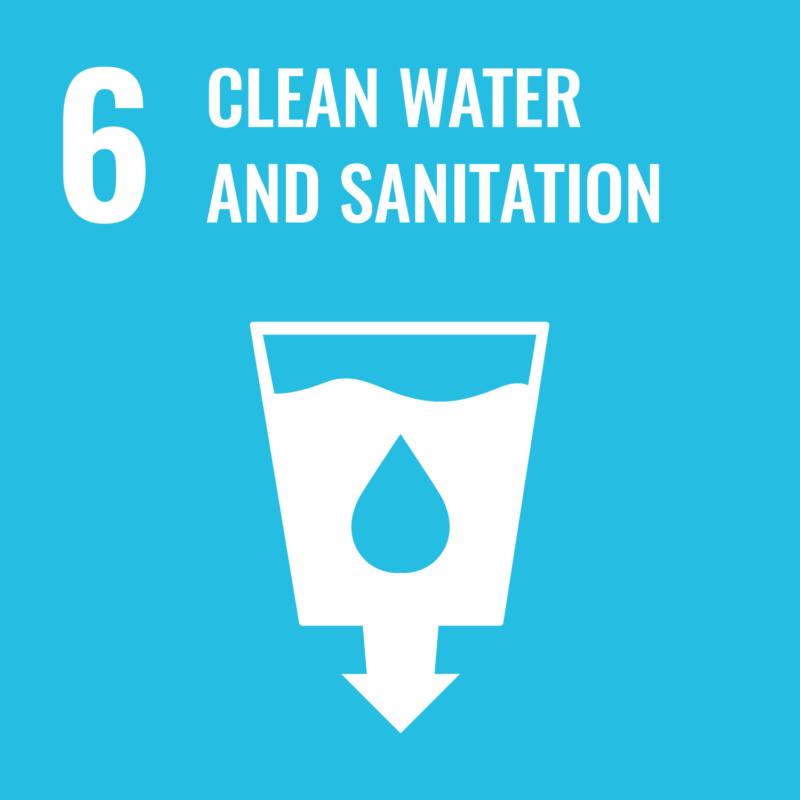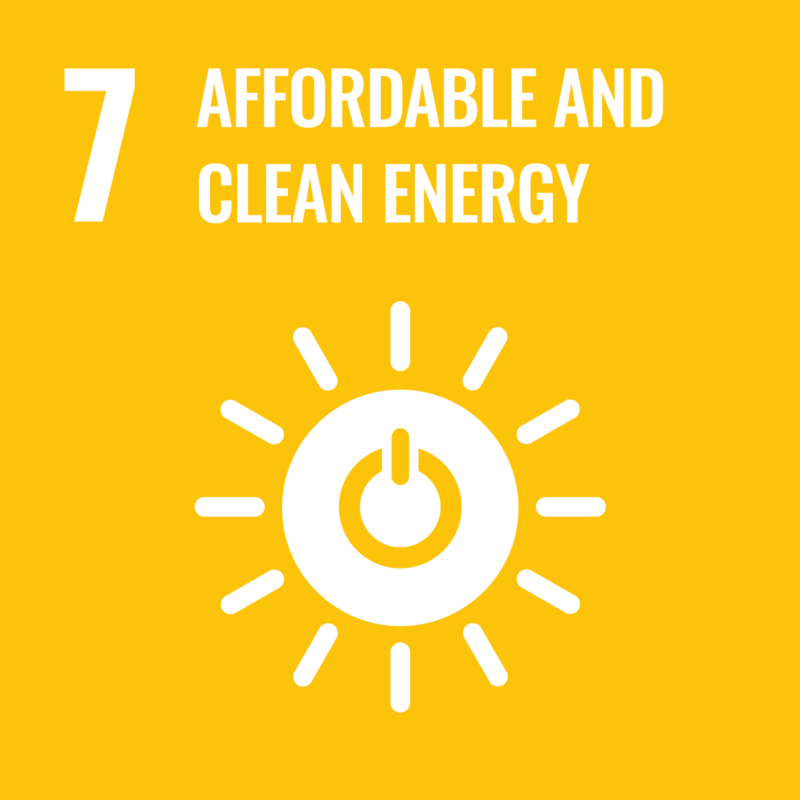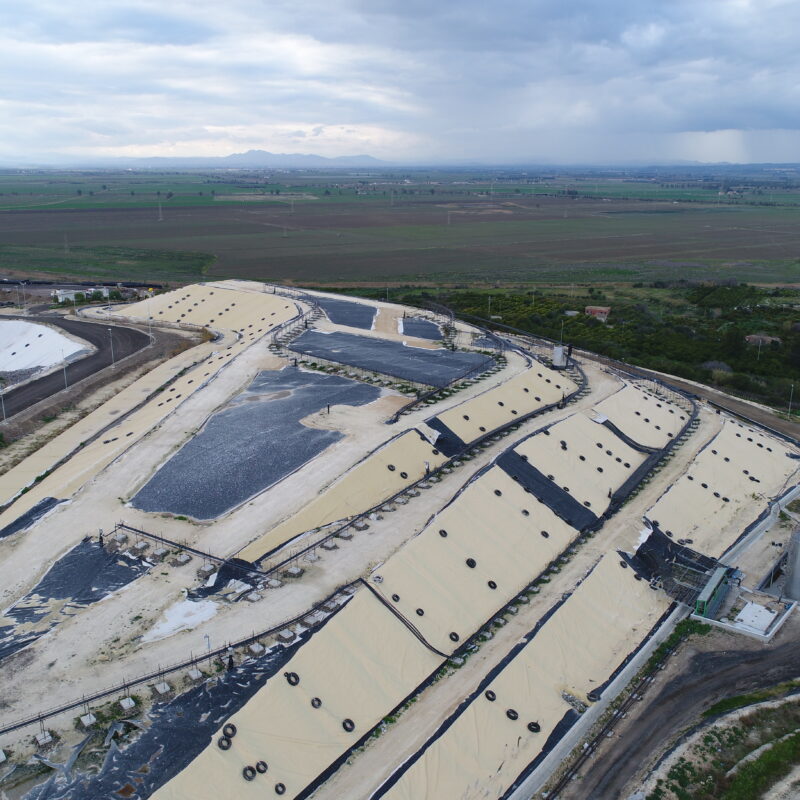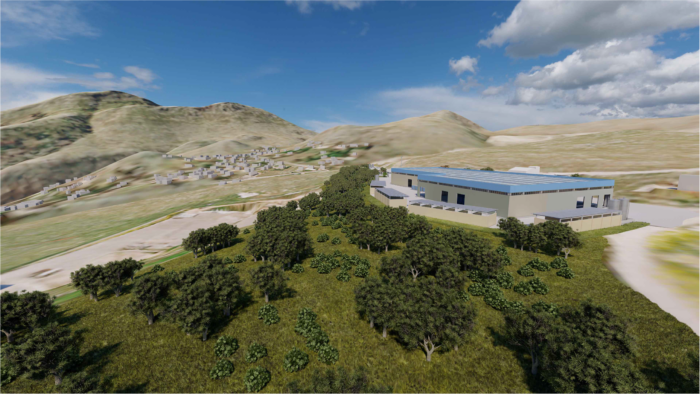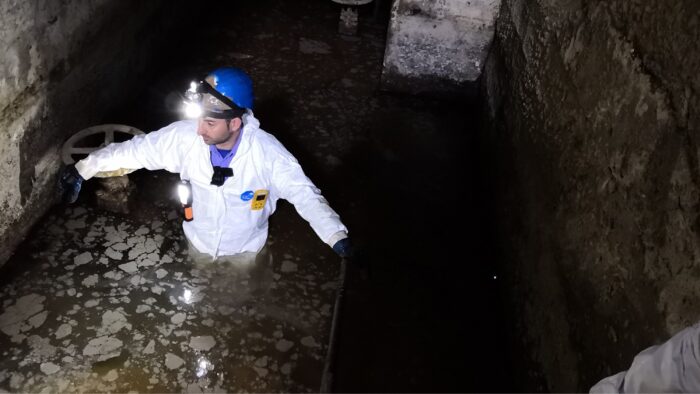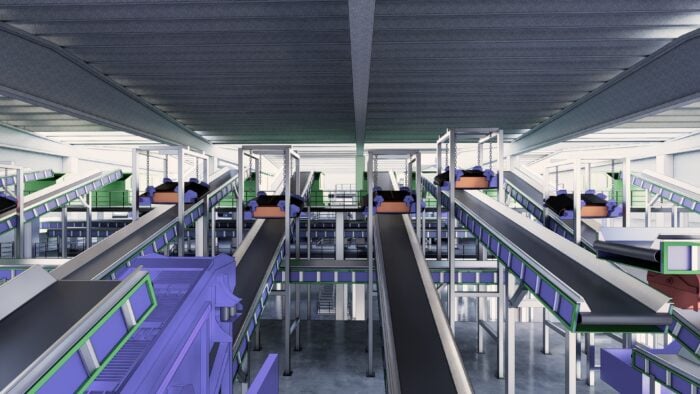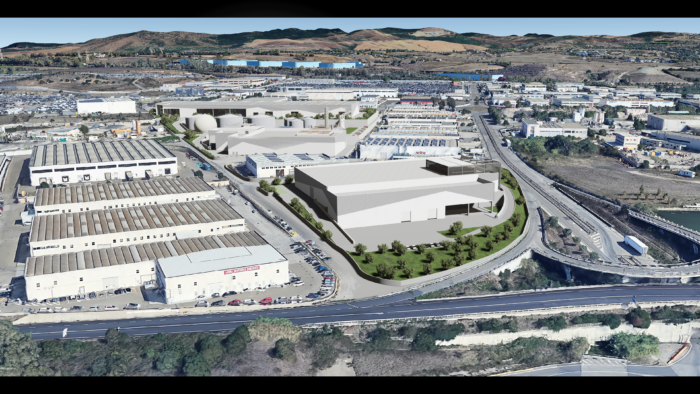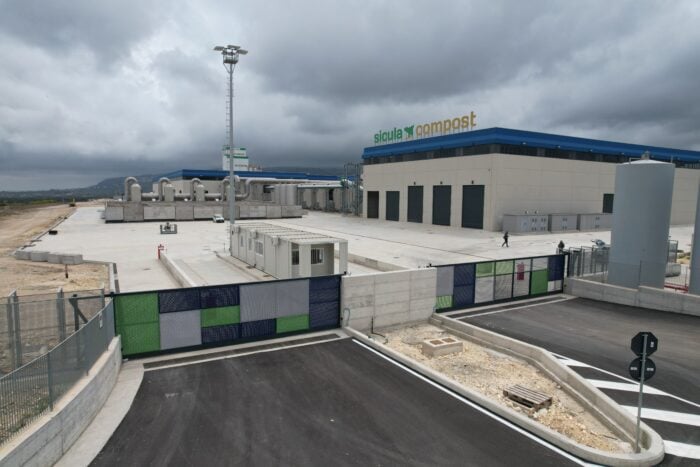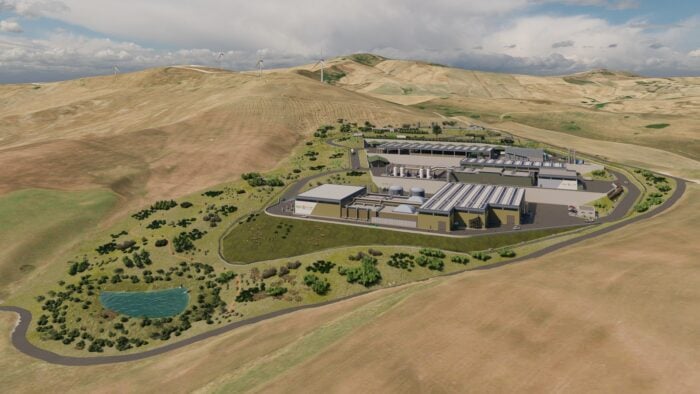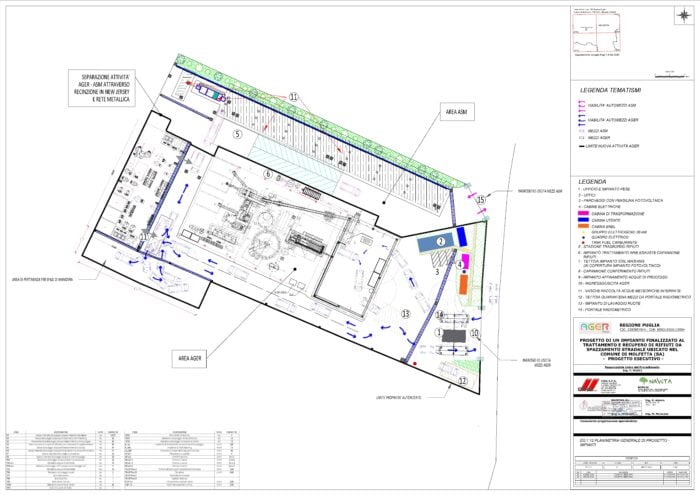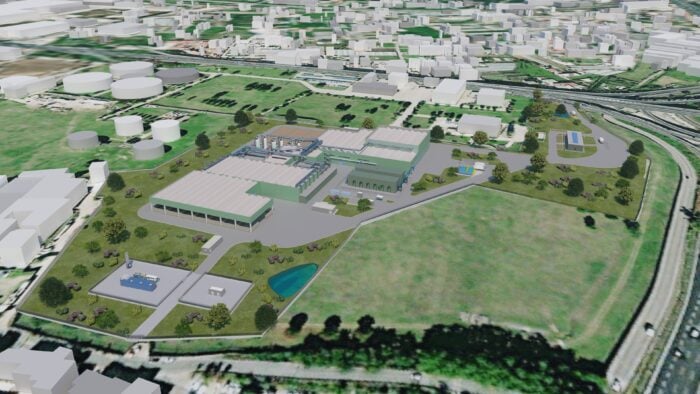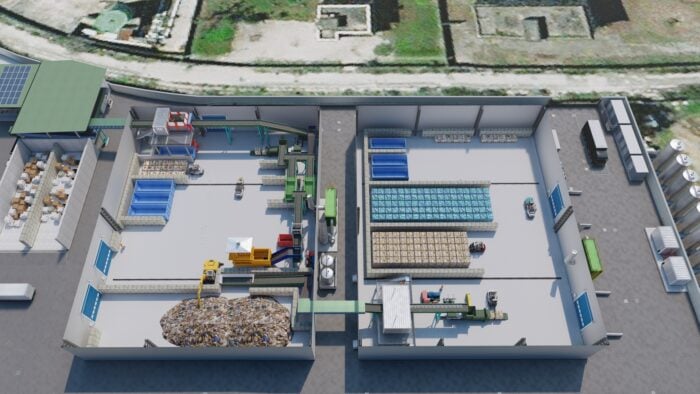Ensure availability and sustainable management of water and sanitation for all
The landfill is included in the non-hazardous waste category in accordance with the Law Decree No. 36/03 and Law Decree No. 152/06 and further amendments. The plant has been designed to receive waste, amounting to about 270 t/d, from neighboring municipalities.
Location
Lentini (SR)
Data
Type of service:
Final design, Environmental Impact Study and Integrated Environmental Authorization application
Construction period:
2011
Technical data
Site area:
58.000 m²
Surface of the landfill basin:
27.000 m²
Total Volume:
500.000 m³
The system consists of a single cell with a volume of 500.000 m3, properly sealed in accordance with the Law Decree No. 36/03 for the aspects regarding the construction of landfills of non-hazardous waste.
The cell is waterproofed in order to preserve the environmental matrices equipped with a double collection system for leachate generated within the landfill, this system counts with a main upper-network for regular leachate accumulation and a secondary lower-network which serves as a backup.
Leachate collection pipe network counts with separate sumps where leachate is conveyed by pumps and stored into two separated steel tanks, in order to allow temporary storage before treating the leachate.
Leachate will be treated, within the same landfill site, through a physical-chemical process. The treated effluent within the limits established by the Law Decree No. 152/06 will be discharged into surface-receptors water bodies while the concentrate sludge generated is pumped over the upper landfill section through a specific infiltration system.
The plant is completed by the landfill gas management system for the extraction, collection and upgrading of the biogas generated by the landfill during operation and post-closure periods. This system allows energy recovery by converting biogas in a bio-fuel which can be injected in the natural has grid and eventually be used as a fuel for the transportation sector. The transformation of bio-wastes into clean energy helps societies to make progress toward becoming circular economies.
The monitoring of the environmental conditions will be done during the operation and the post-mortem phases according to the Legislative Decree D.Lgs. No. 36/2003.


